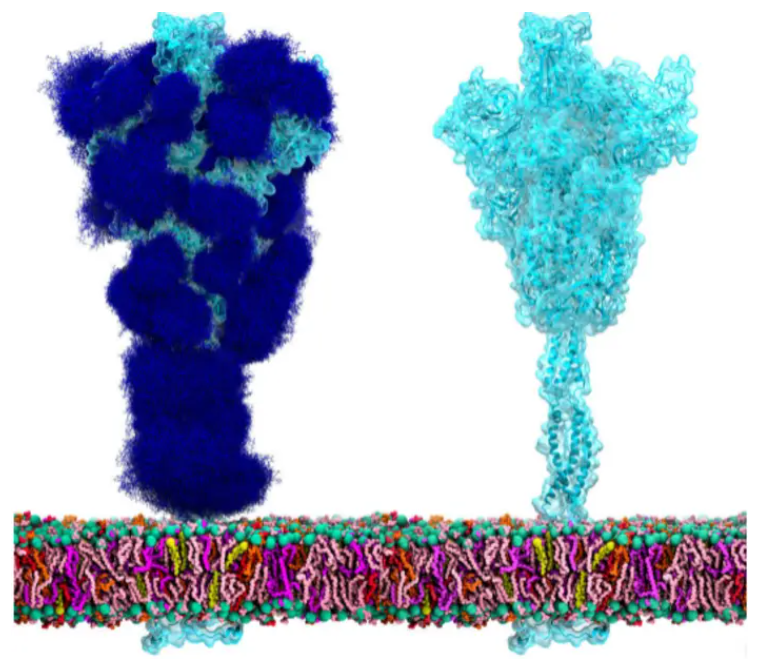
Research about COVID-19 is underway each day, particularly how the disease affects those who are already sick. Data suggest that cancer patients are more likely than the general population to develop COVID-19. A recent study assessed this risk based on specific cancer types and concluded that patients with lung and colorectal cancer may be more likely to get COVID-19 than patients with other types of cancer.
[do_widget id=mashup_multiwidget-28]
As the pandemic is still ongoing, it is difficult to collect and analyze reliable data. “The prevalence of different types of cancer in patients with COVID-19 is inconsistent and inconclusive due to limited sample sizes. Given the rapid spread and high mortality rate of COVID-19, it is necessary to evaluate the prevalence of different types of cancer,” the study authors explained.
The researchers queried the Medline, EMBASE, Springer, Web of Science, Cochrane Library, China National Knowledge Infrastructure, and Wanfang databases up to date to April 28 for relevant studies. They used the following search terms: 2019-nCoV” or “Coronavirus” or“COVID-19” or “SARS-CoV-2” or“2019-nCoV” or “Wuhan Coronavirus” and “cancer” or “tumor” or “carcinoma” or “malignancy.” In addition to the database searches, they also manually scanned the references of the studies they identified through the searches. Studies that focused on COVID-19 infection in cancer patients that reported on different types of cancer and were published in English or Chinese were eligible for inclusion. Exclusion criteria included:
- reviews/summaries of meetings/discussions
- insufficient data information provided
- duplicate publications
- sample size < 5
- in vitro experiments/animal studies
Lung and Colorectal Cancer Are Highest Risk, But a Word of Caution
A total of 538 studies were identified through the database search; the meta-analysis included six studies encompassing 205 total patients. All six studies included data on lung and breast cancer; five studies highlighted colorectal, esophagus, and cervical cancer; and four studies discussed bladder and pancreatic cancer. Among patients with COVID-19, the prevalence of different cancers was: lung, 24.7%; colorectal, 20.5%; breast, 13.0%; esophagus, 7.6%; bladder, 7.3%; pancreatic, 6.1%; and cervical, 6.0%.
The study will appear in the September issue of Critical Reviews of Oncology/Hematology.
The authors noted that the findings should be interpreted with caution. For one, all six studies were retrospective, and not all six studies provided data on all types of cancer. The studies were also of different quality, which could have affected bias. The sample size was also relatively small, which could have impacted the data. It’s also possible that some patients had more than one type of cancer.
The researchers concluded, “Knowledge of the prevalence in different types of cancer can better define those COVID-19 patients at higher risk, and thus allow a more targeted and specific approach to preventing SARS-CoV-2 infection.”







 © 2025 Mashup Media, LLC, a Formedics Property. All Rights Reserved.
© 2025 Mashup Media, LLC, a Formedics Property. All Rights Reserved.